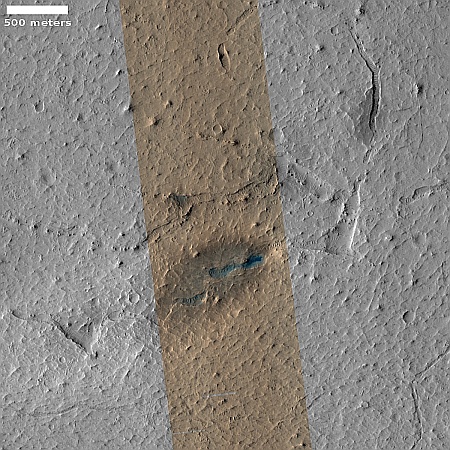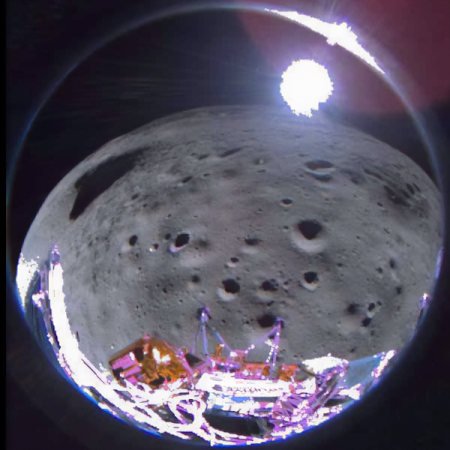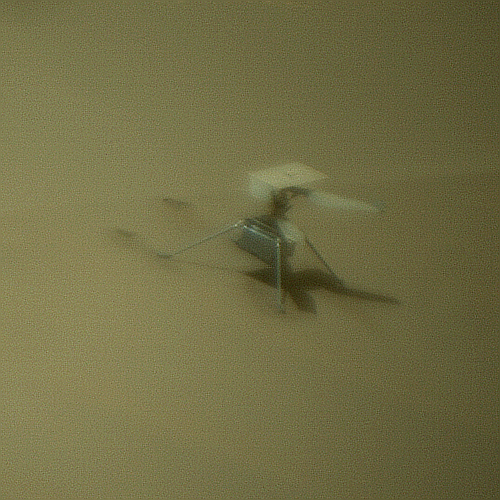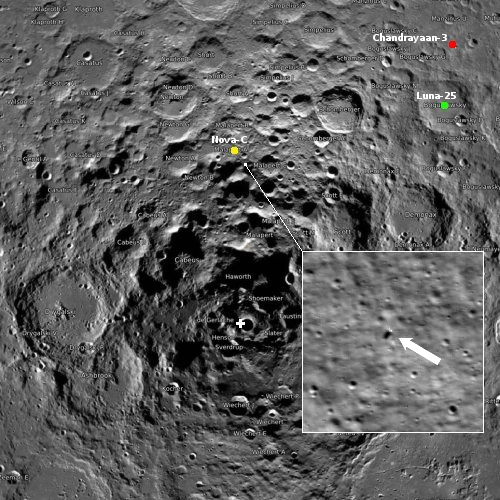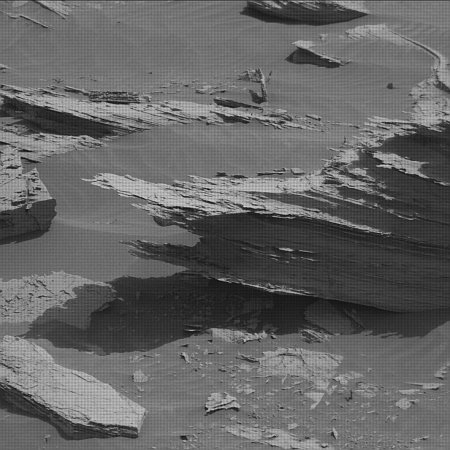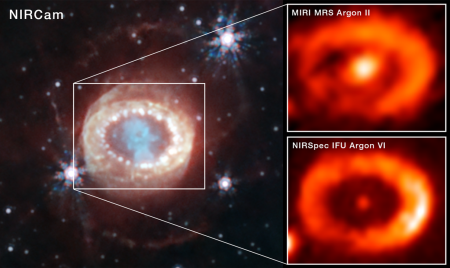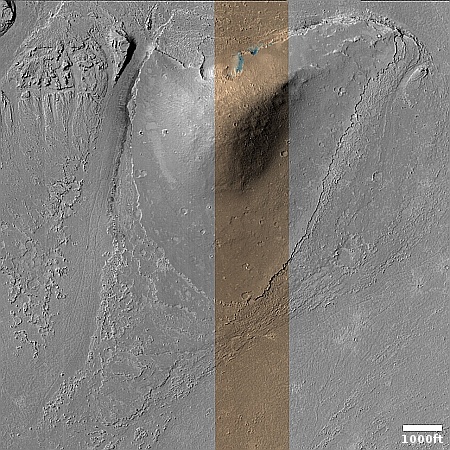Inspector General: Mars Sample Return mission in big trouble
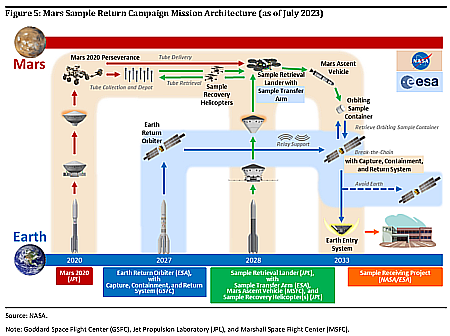
Though the audit published today [pdf] by NASA’s inspector general of the NASA/ESA Mars Sample Return mission partnership tries to couch its language positively, the conclusion one reaches by reading the report is that the project is a mess and will almost certainly not fly when scheduled in 2029, and might even get delayed so much that the Perseverance rover on Mars — an essential component of the mission plan — might no longer be operational at that time.
First the budget wildly out of control.
The trajectory of the MSR Program’s life-cycle cost estimate, which has grown from $2.5 to $3 billion in July 2020, to $6.2 billion at KDP-B in September 2022, to an unofficial estimate of $7.4 billion as of June 2023 raises questions about the affordability of the Program.
In addition, the audit noted that this is not the end, and that based on another independent review the budget could balloon to $8 to $11 billion before all is said and done. (I will predict that as presently designed, that budget will likely reach $15 billion.)
» Read more

Though the audit published today [pdf] by NASA’s inspector general of the NASA/ESA Mars Sample Return mission partnership tries to couch its language positively, the conclusion one reaches by reading the report is that the project is a mess and will almost certainly not fly when scheduled in 2029, and might even get delayed so much that the Perseverance rover on Mars — an essential component of the mission plan — might no longer be operational at that time.
First the budget wildly out of control.
The trajectory of the MSR Program’s life-cycle cost estimate, which has grown from $2.5 to $3 billion in July 2020, to $6.2 billion at KDP-B in September 2022, to an unofficial estimate of $7.4 billion as of June 2023 raises questions about the affordability of the Program.
In addition, the audit noted that this is not the end, and that based on another independent review the budget could balloon to $8 to $11 billion before all is said and done. (I will predict that as presently designed, that budget will likely reach $15 billion.)
» Read more


